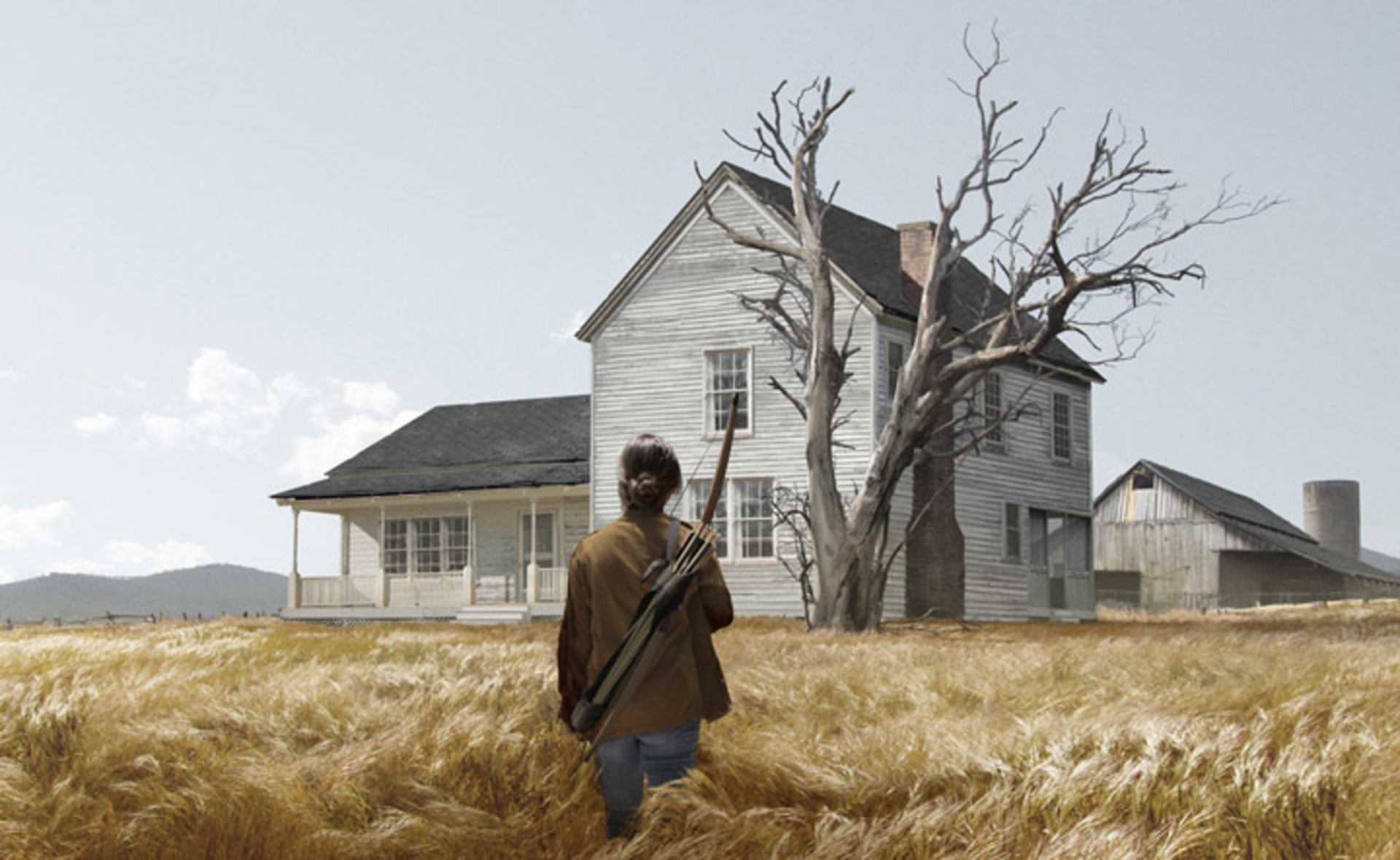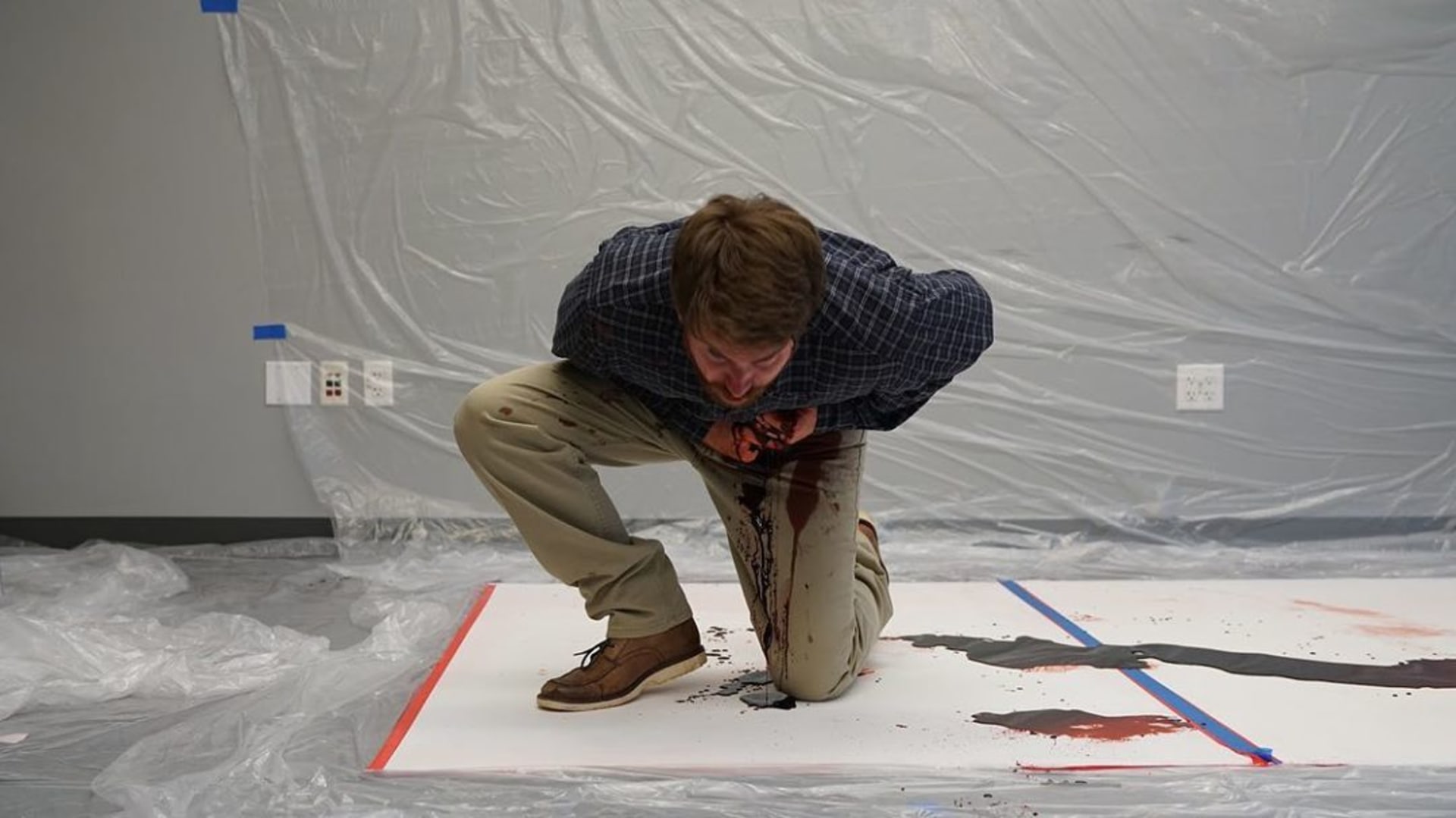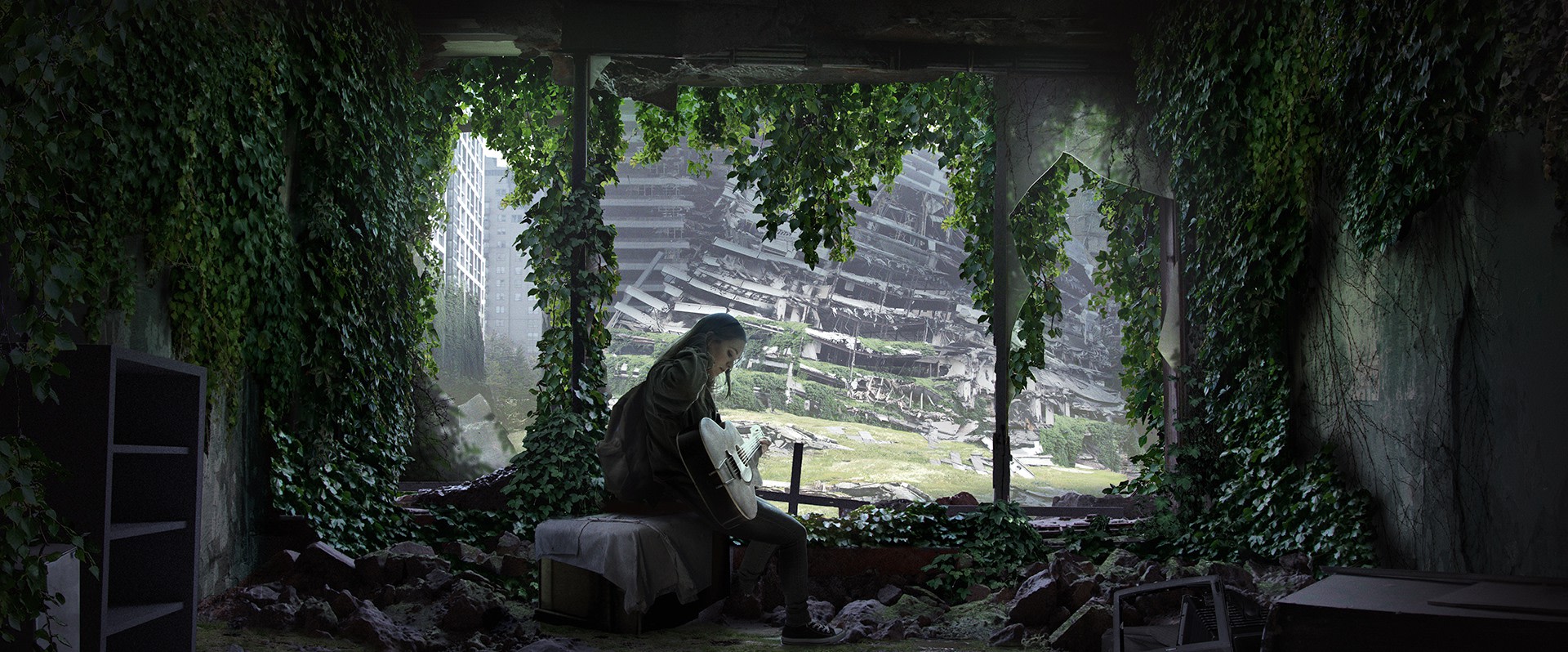Few recent video games have hit the player like The Last of Us Part II did. The dramatic survival story of Ellie, her bonding with Abby or Joel’s cruel fate all hit emotional high notes – as if the ongoing fight with infested humans wasn’t enough to keep players’ nerves on edge.
One of the creatives responsible for TLOU Part II is John Sweeney, Art Director at Naughty Dog in Santa Monica, California. We had the opportunity to interview him about the artistic process behind making the game, the different roles and tasks that are entrusted to him, his career steps and much, much more.
Spoiler alerts for those who haven’t played the game yet!
Hello John, thank you very much for your time. Let us kick off with a very general question: how did you end up at Naughty Dog?
John Sweeney: "I heard that Naughty Dog was looking for an Environment Concept Artist from my friend, Eytan Zana. I had been working on my portfolio to try and transition from working on real-world projects to video games.
"I spent about a month working nonstop on a portfolio that I thought would resonate with both Naughty Dog and the video game community as a whole, hoping to get my foot in the door.
"I was actually visiting my friend in Arizona when I got the email with the Environment Concept test from Naughty Dog, and a leisure trip turned into a marathon of trying to create the best piece I possibly could.
"Naughty Dog allotted 4 weeks for the test, and I used the time to polish a piece I thought would speak to the quality and emotion that so many stories from previous Naughty Dog games evoked.”
One of the creatives responsible for TLOU Part II is John Sweeney, Art Director at Naughty Dog in Santa Monica, California. We had the opportunity to interview him about the artistic process behind making the game, the different roles and tasks that are entrusted to him, his career steps and much, much more.
Spoiler alerts for those who haven’t played the game yet!
Hello John, thank you very much for your time. Let us kick off with a very general question: how did you end up at Naughty Dog?
John Sweeney: "I heard that Naughty Dog was looking for an Environment Concept Artist from my friend, Eytan Zana. I had been working on my portfolio to try and transition from working on real-world projects to video games.
"I spent about a month working nonstop on a portfolio that I thought would resonate with both Naughty Dog and the video game community as a whole, hoping to get my foot in the door.
"I was actually visiting my friend in Arizona when I got the email with the Environment Concept test from Naughty Dog, and a leisure trip turned into a marathon of trying to create the best piece I possibly could.
"Naughty Dog allotted 4 weeks for the test, and I used the time to polish a piece I thought would speak to the quality and emotion that so many stories from previous Naughty Dog games evoked.”







